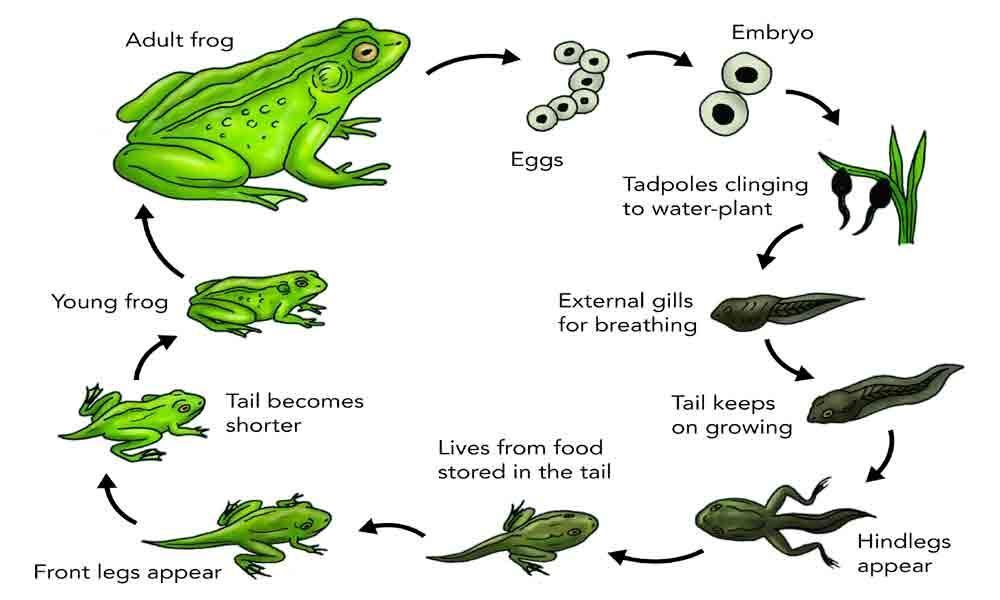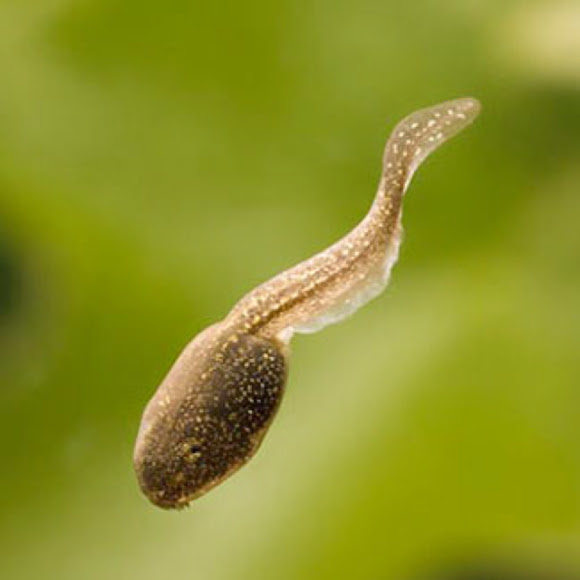What Are Baby Frogs Called: Exploring the Fascinating World of Frog Development
Frogs, with their unique life cycles and distinct characteristics, have long fascinated nature enthusiasts and curious minds. When it comes to the names given to different stages of a frog's life, including the early developmental phase, questions often arise. In this article, we will explore the intriguing question: "What are baby frogs called?" By delving into the world of frog development and the various stages of their life cycle, we will uncover the proper term used to refer to these young amphibians.
1. Understanding Frog Life Cycle

Frog Life Cycle
Before diving into the specific names for baby frogs, it's essential to understand the overall life cycle of a frog. Frogs undergo a process known as metamorphosis, in which they transition from aquatic larvae to terrestrial adults.
This transformation consists of several distinct stages, each marked by unique physical characteristics and behaviors.
2. Frog Eggs: The First Stage
The first stage of a frog's life cycle begins with the laying of eggs. Female frogs typically lay their eggs in bodies of water, such as ponds, lakes, or marshes.
These eggs are usually laid in clusters, forming gelatinous masses. Depending on the species, the number of eggs in each cluster can range from a few dozen to several thousand.
3. Tadpoles: The Young Aquatic Stage

Tadpoles
After the eggs are laid, they hatch into tadpoles, the young aquatic stage of frogs. Tadpoles have gill slits, a long tail, and no legs.
They rely on their gills to extract oxygen from the water and primarily feed on algae and other aquatic vegetation. During this stage, tadpoles undergo significant growth and development.
4. Metamorphosis: The Transformation Process
Metamorphosis is a crucial phase in a frog's life cycle. It is during this stage that the transformation from tadpole to adult frog occurs. As tadpoles grow, they develop hind legs, followed by front legs.
Their tail begins to shrink, and lungs gradually replace the gills as the primary respiratory organ. Eventually, the tadpole fully absorbs its tail, completing the metamorphosis process.
5. Young Frogs: The Emergence
Once the metamorphosis is complete, the tadpoles have transformed into young frogs. At this stage, they possess the physical characteristics and adaptations necessary for a terrestrial life.
Young frogs have fully developed limbs, lungs for breathing air, and their diet shifts to include insects and other small invertebrates.
6. The Proper Term: Froglets
To answer the question "What are baby frogs called?" the appropriate term is "froglets." Froglets refer to the juvenile frogs that have completed metamorphosis and emerged from the water.
These young frogs are smaller in size compared to adult frogs and have yet to reach their full maturity. As they continue to grow, froglets will eventually become adult frogs.
7. Embarking on a Lifelong Journey
After the transformation into froglets, the young frogs embark on a lifelong journey of growth, reproduction, and survival.
They continue to develop and adapt to their environments, and over time, may experience further physical changes and behavioral adaptations specific to their species.
The intriguing world of frog development unveils the various stages that these amphibians undergo in their life cycles. From eggs to tadpoles, and finally to froglets, the process of metamorphosis is a remarkable transformation. Understanding the proper term for baby frogs, known as "froglets," allows us to appreciate the intricacies of their development. As these young frogs grow and mature, they contribute to the biodiversity and ecological balance of their habitats, captivating and inspiring nature enthusiasts worldwide.